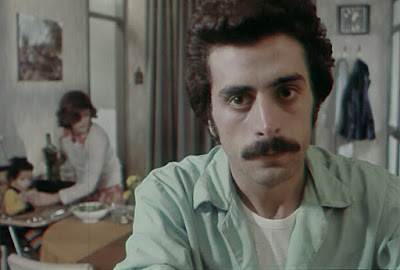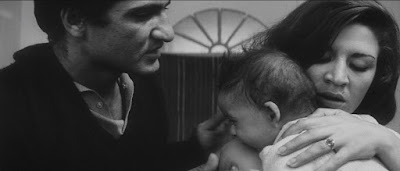 |
| La femme et l'animal |
A much-welcomed online streaming of a series of short art and culture documentaries by Mostafa Farzaneh is significant in the sense that it allows for adding a few pages to the still being drafted history of the birth modern cinema in Iran. When I say "being drafted", I'm directly pointing at the question of access which is particularly relevant to these type of films, as Iran remains one of the last cases in cinema history where access to certain films is still systematically denied, with the majority of the films made prior to the 1979 revolution not available to the public.
Films like La femme et l'animal (Mostafa Farzaneh, 1962) whose director worked and was known in France as Feri Farzaneh, have been overlooked in reassessing the ebbs and flows of modern experience in Iranian cinema mostly due to that fact that they stand in a no man's land: produced in France with a French crew and in French language but essentially meant to promote Iranian cultural heritage through the medium of moving images to non-Iranians. Hence it is both "institutional cinema" in its approach to the subject and "cultural heritage cinema" in its reverence for it. So if Charles Ravier arranges French 13th music for this film whose subject is ancient Iran and the artifacts from Achaemenid Empire and earlier, it is because the film somehow clings to the common practices of "institutional cultural heritage" cinema, aiming for a cinéma de qualité.
























